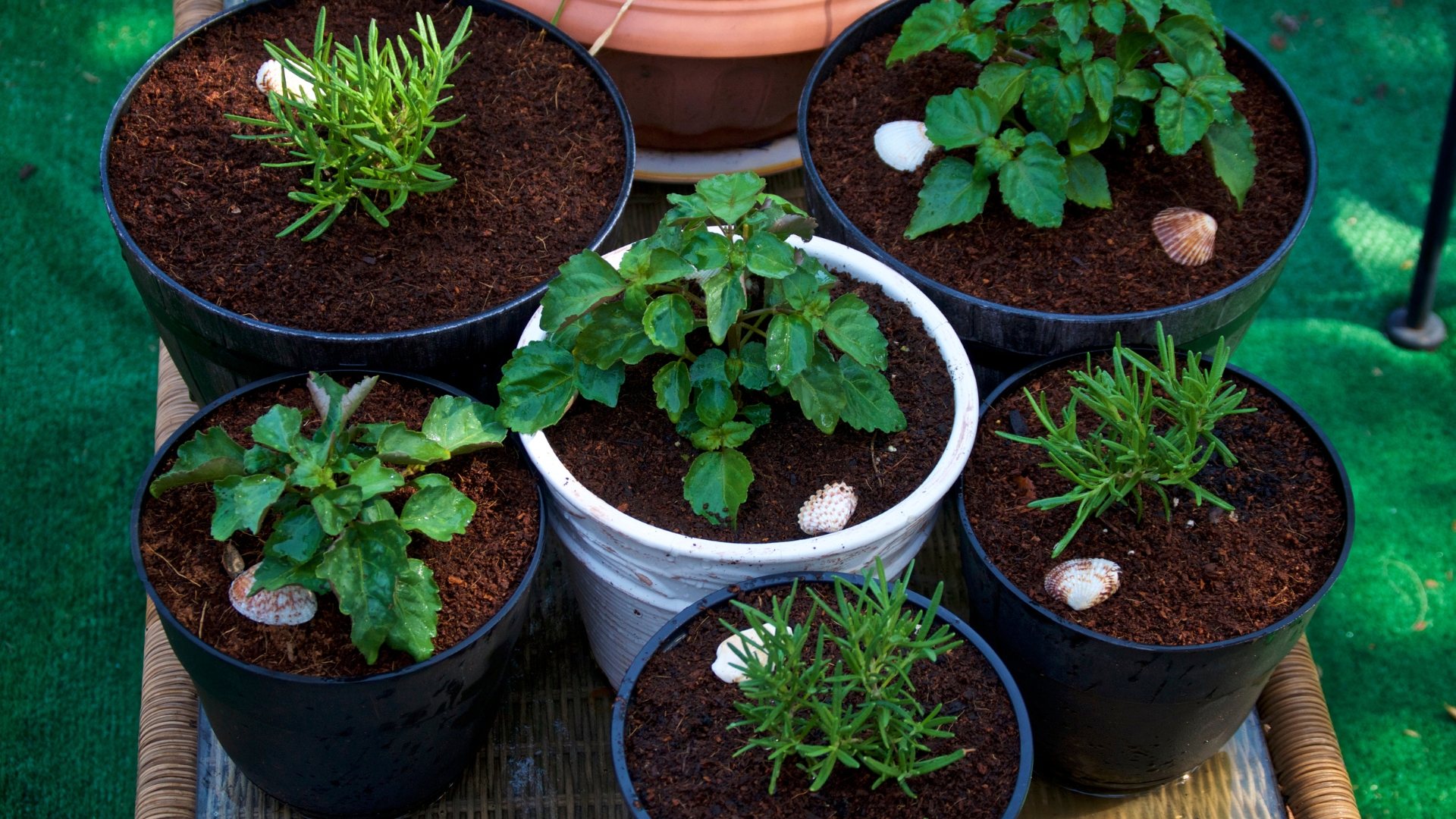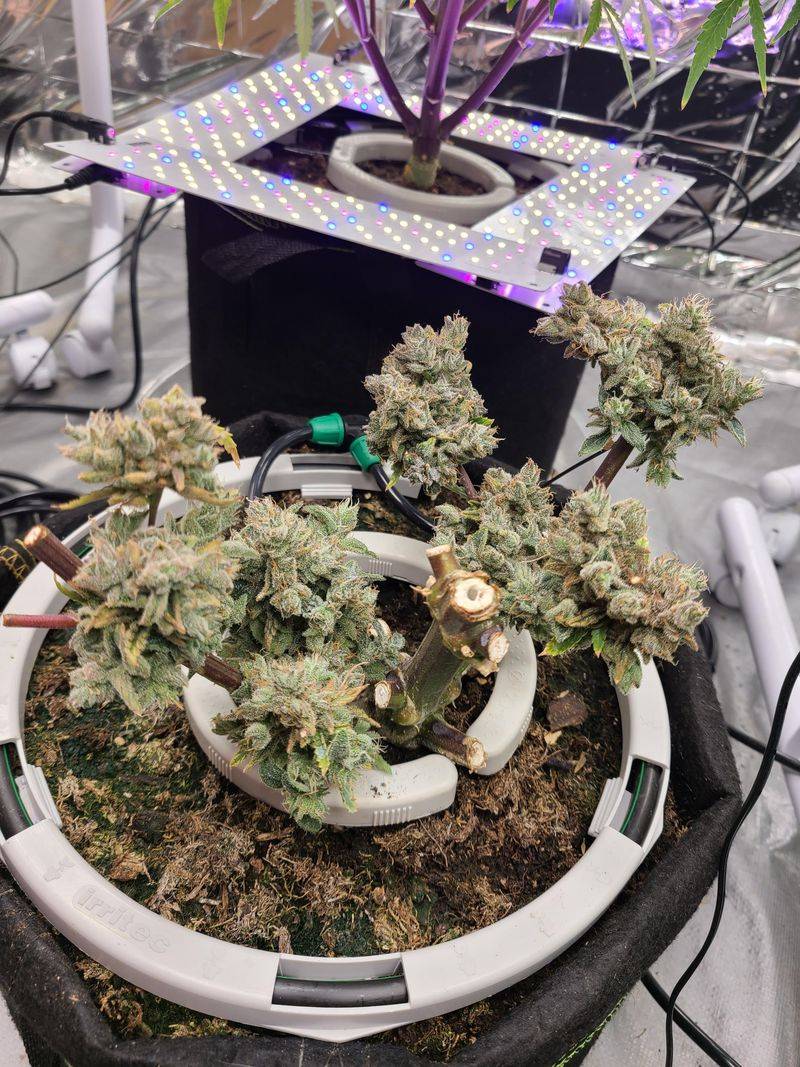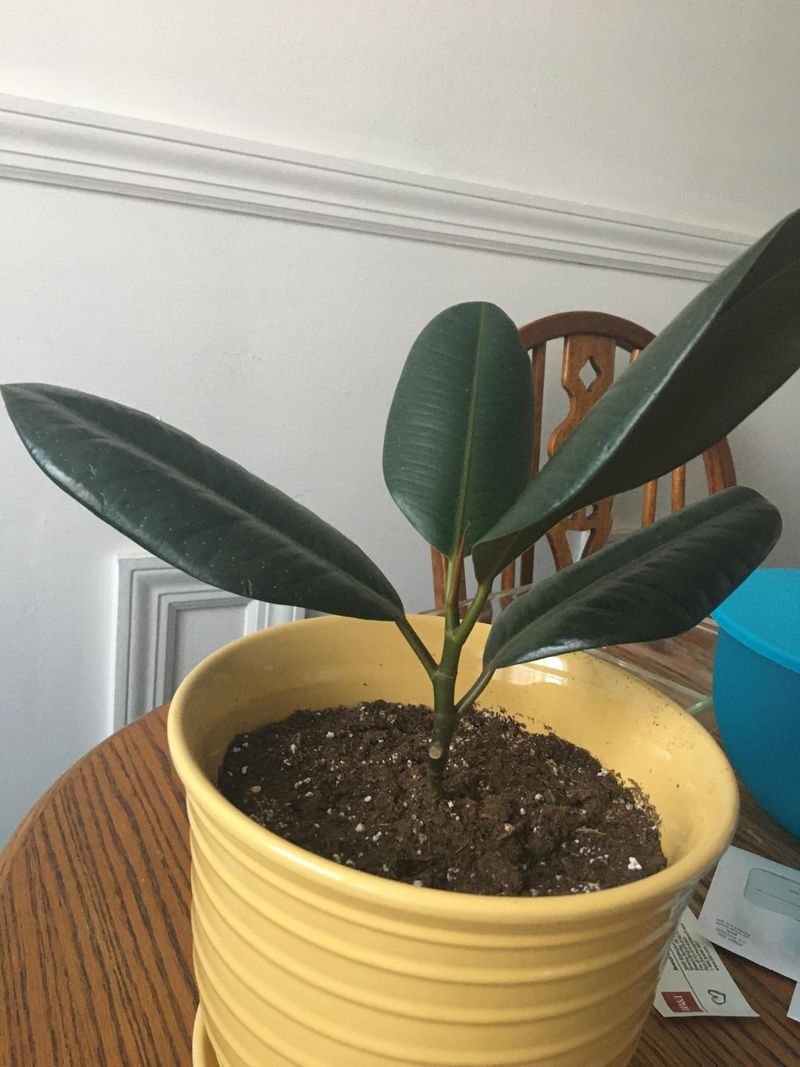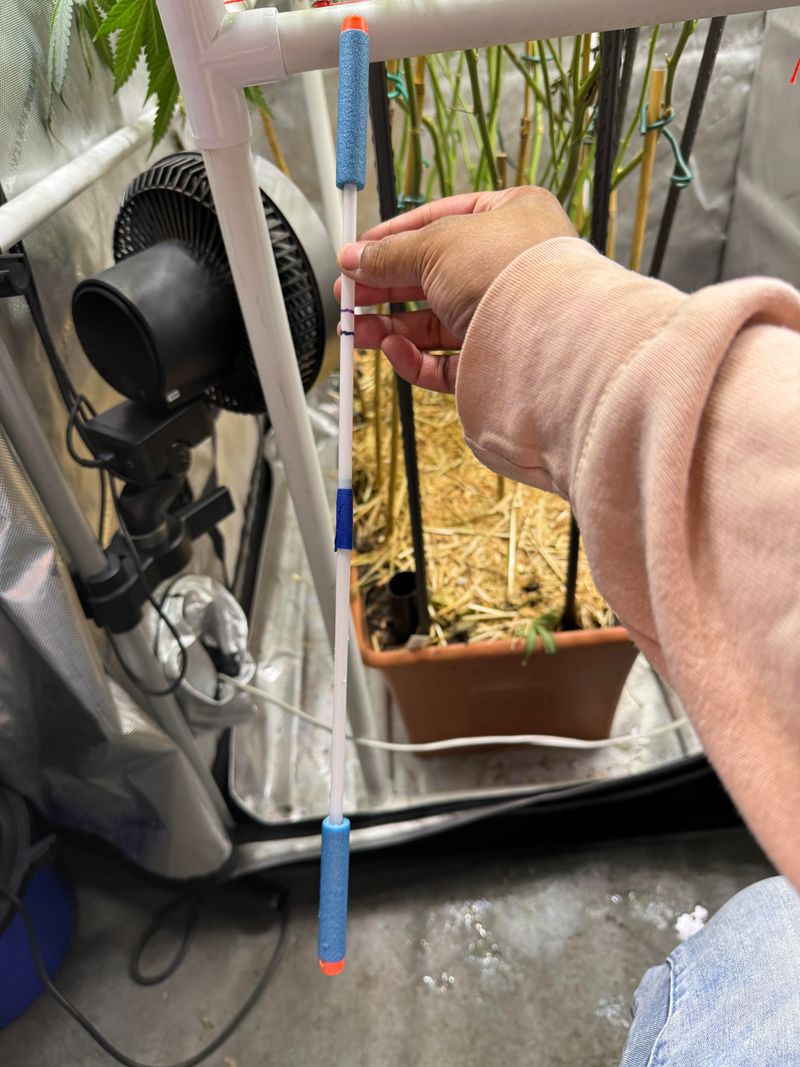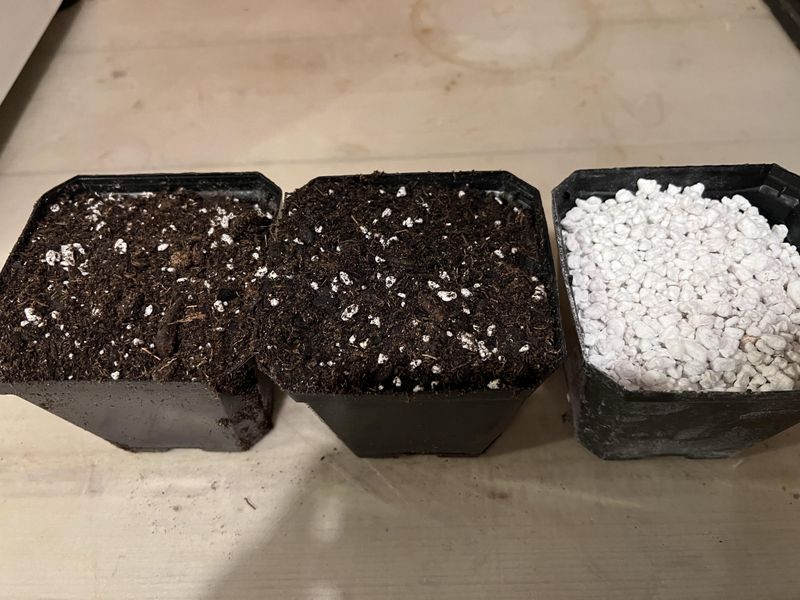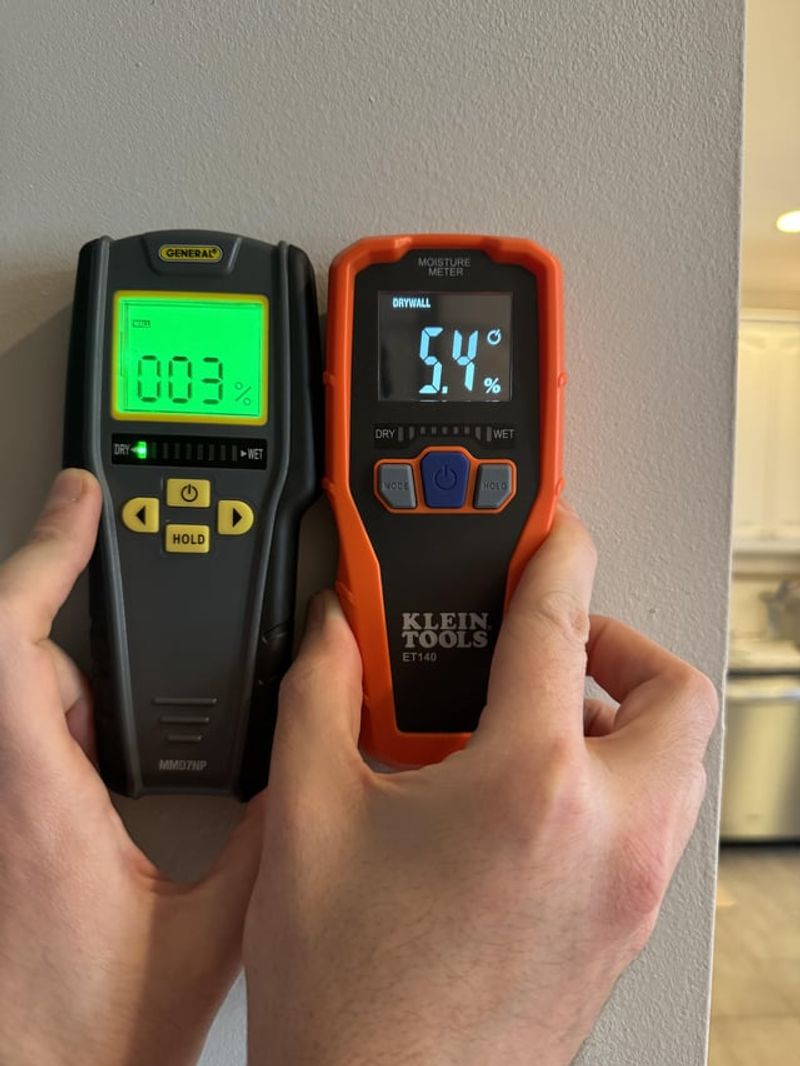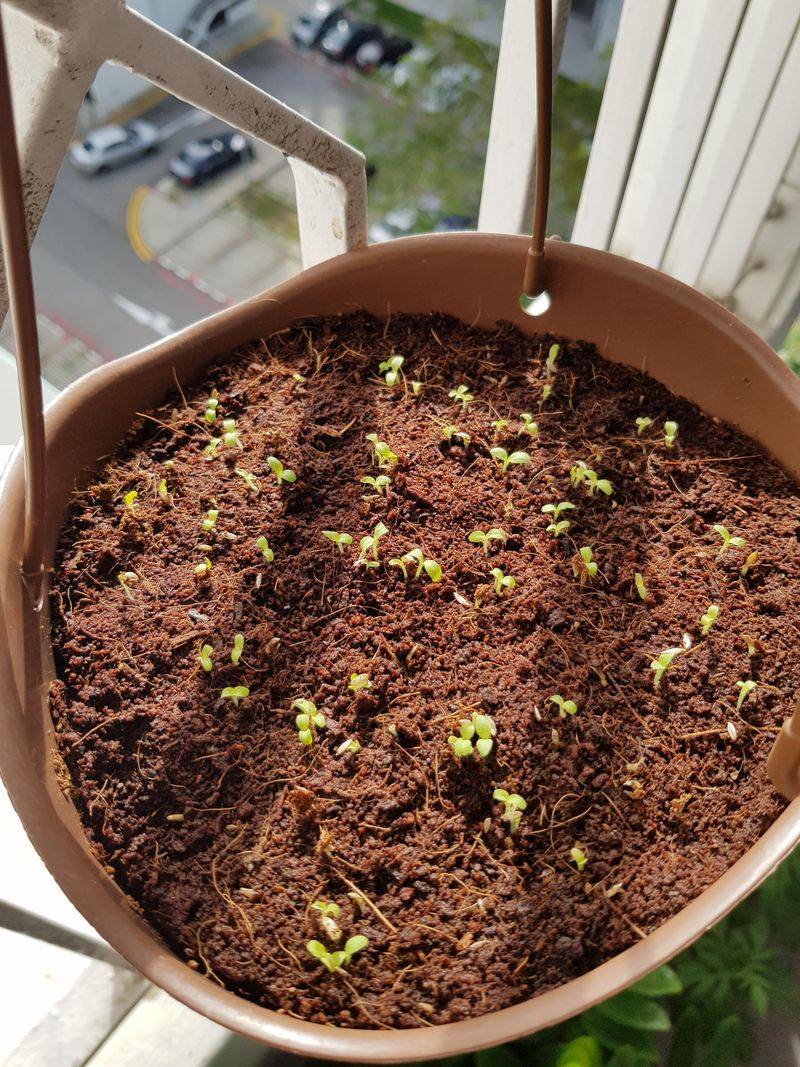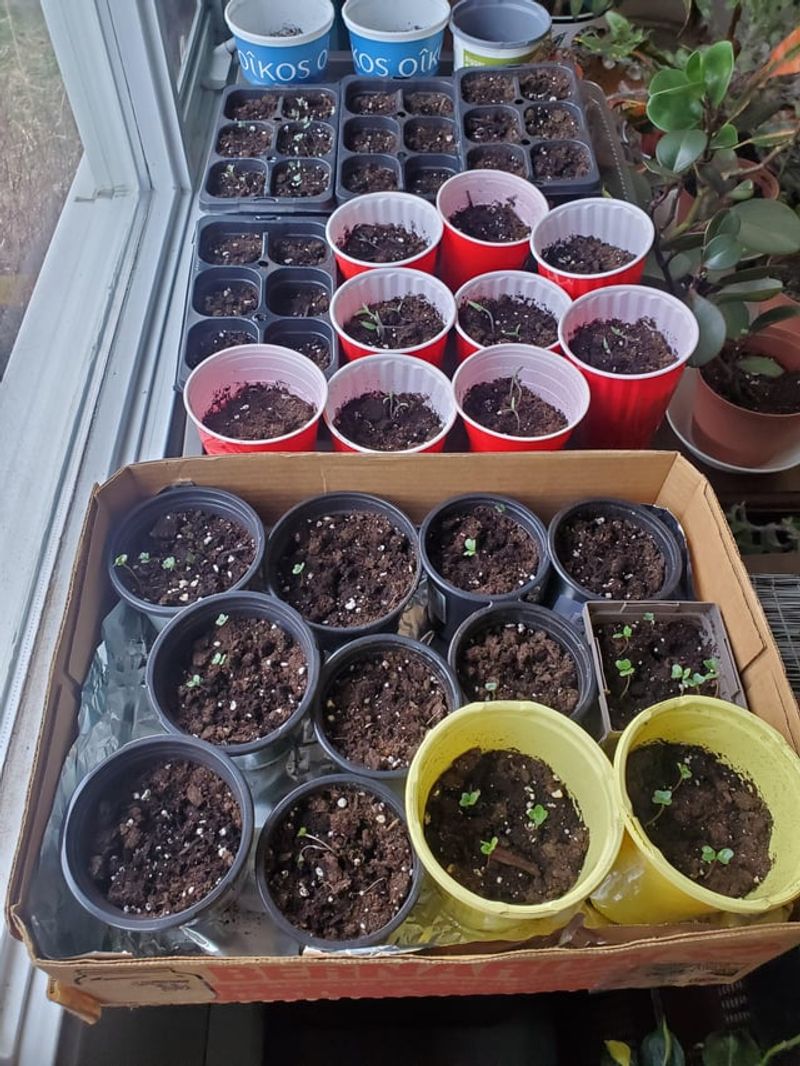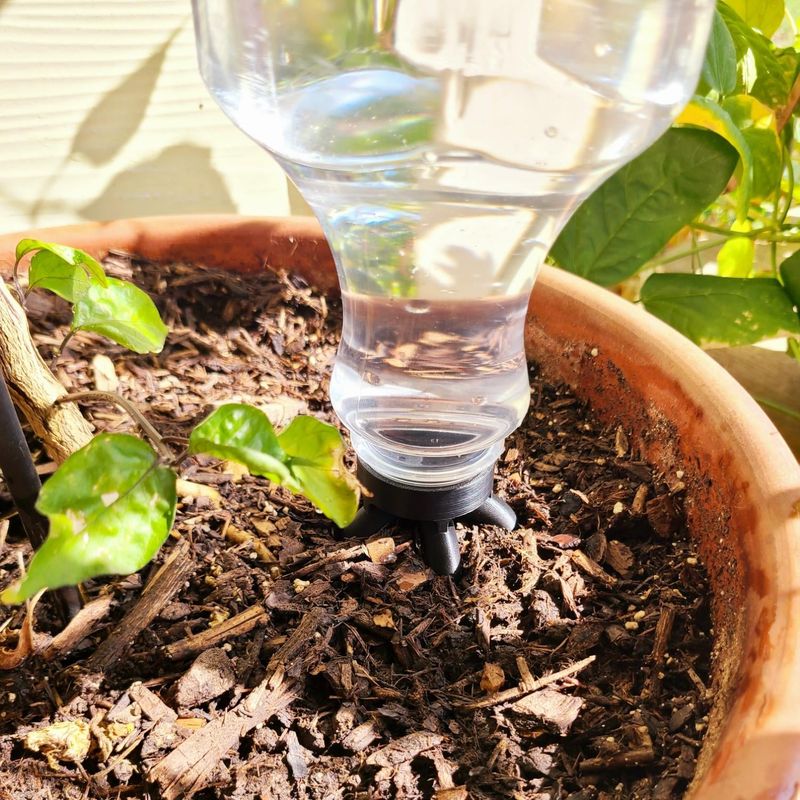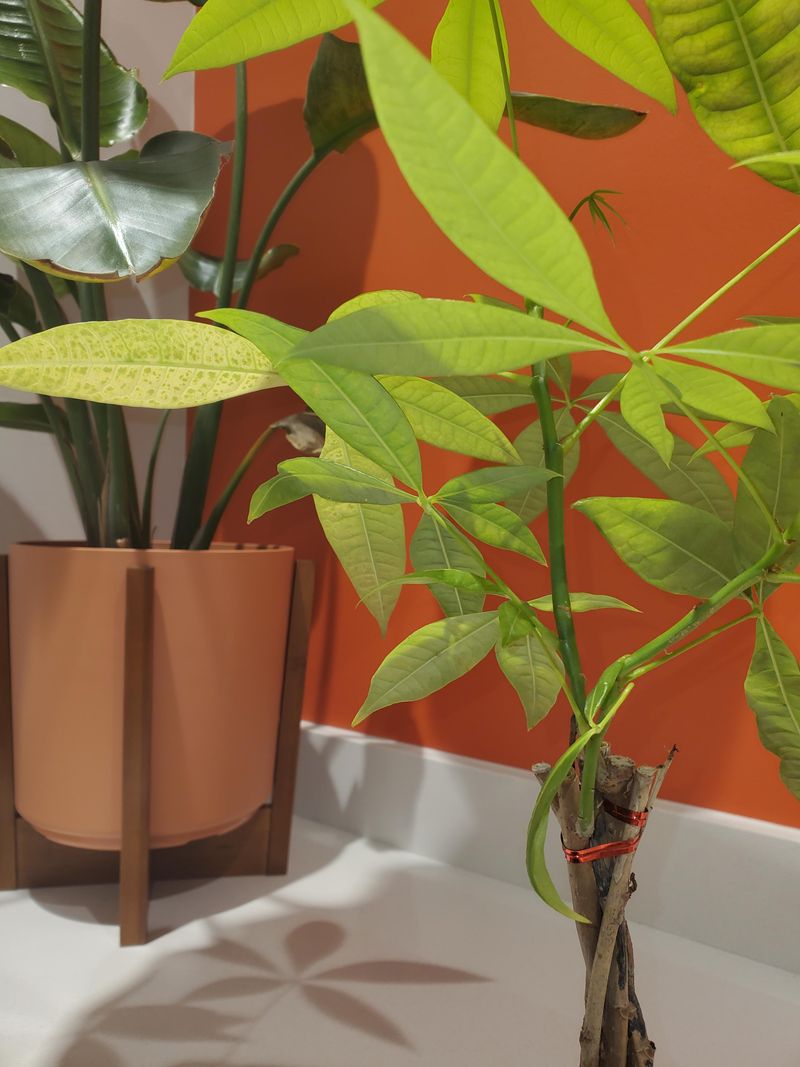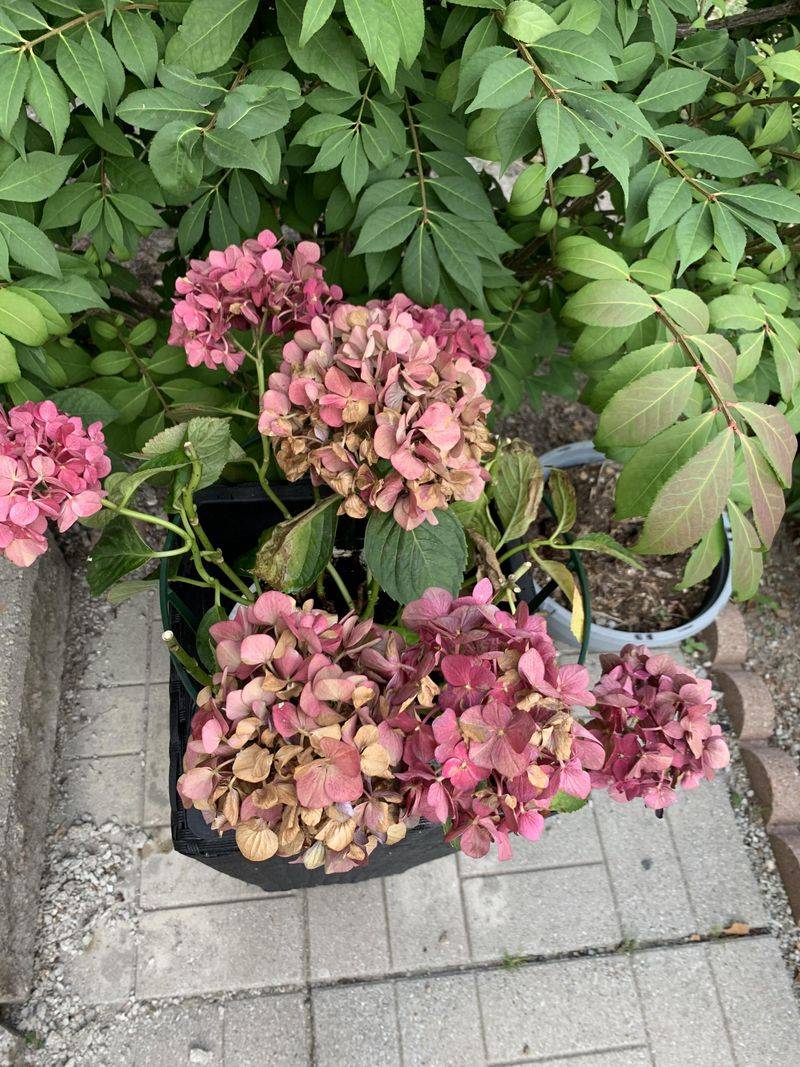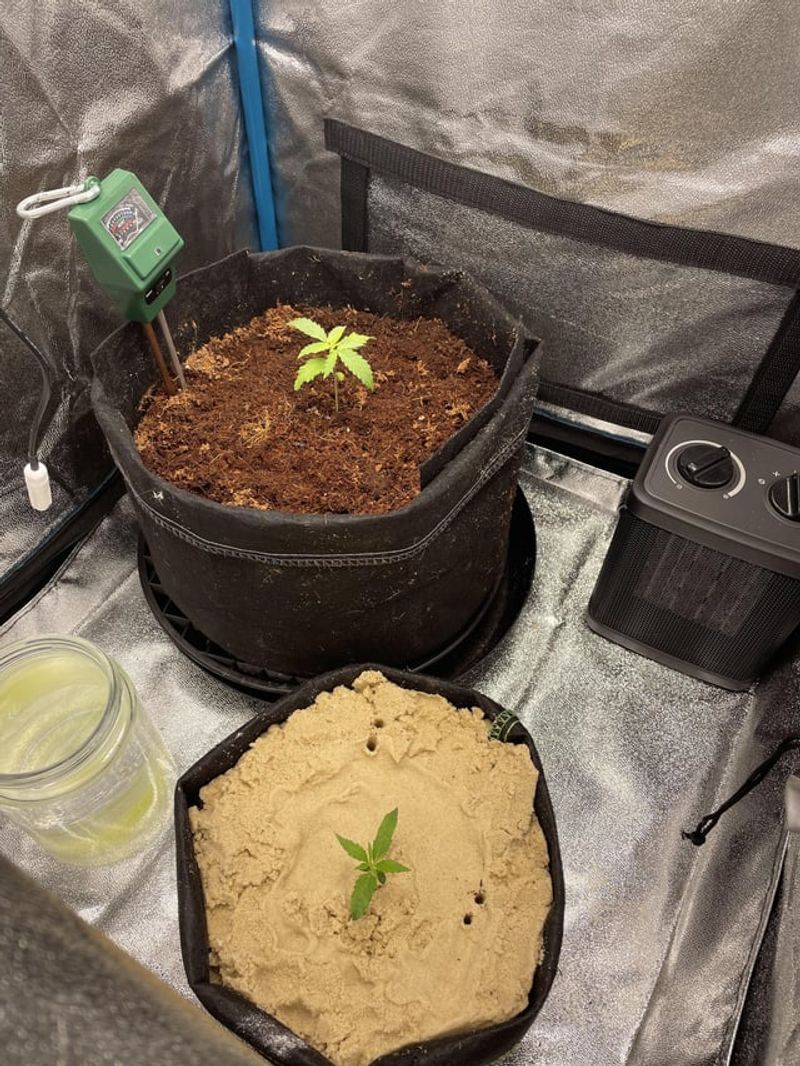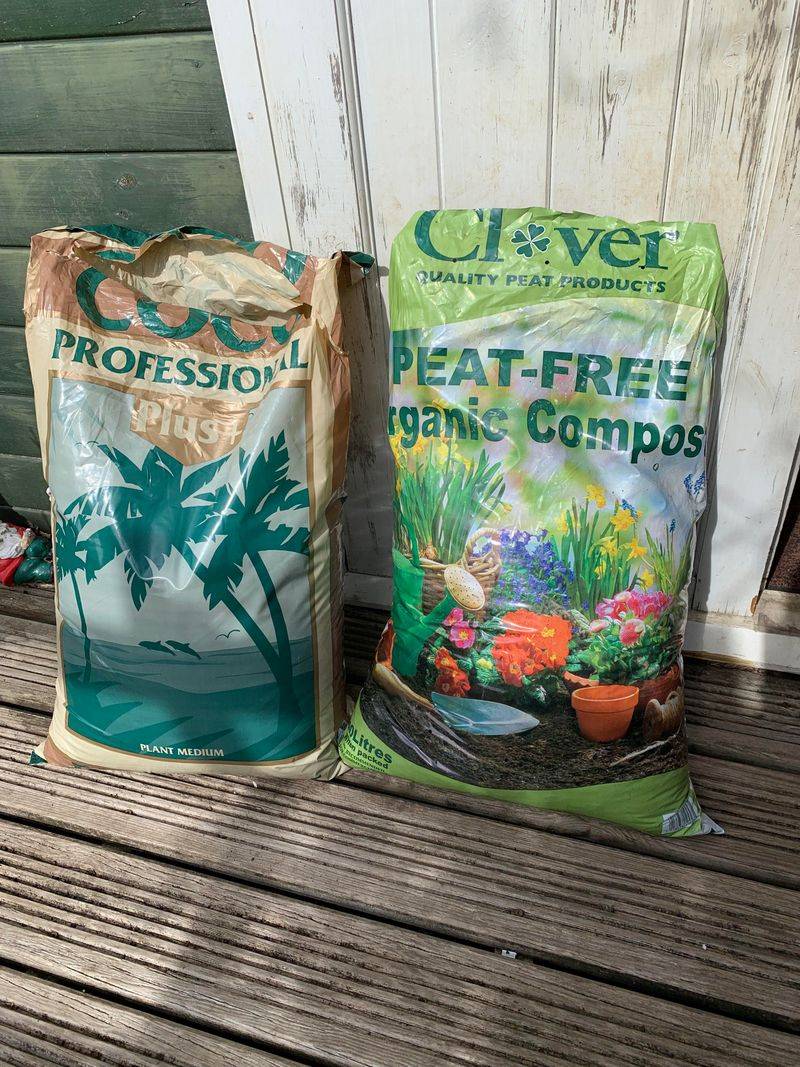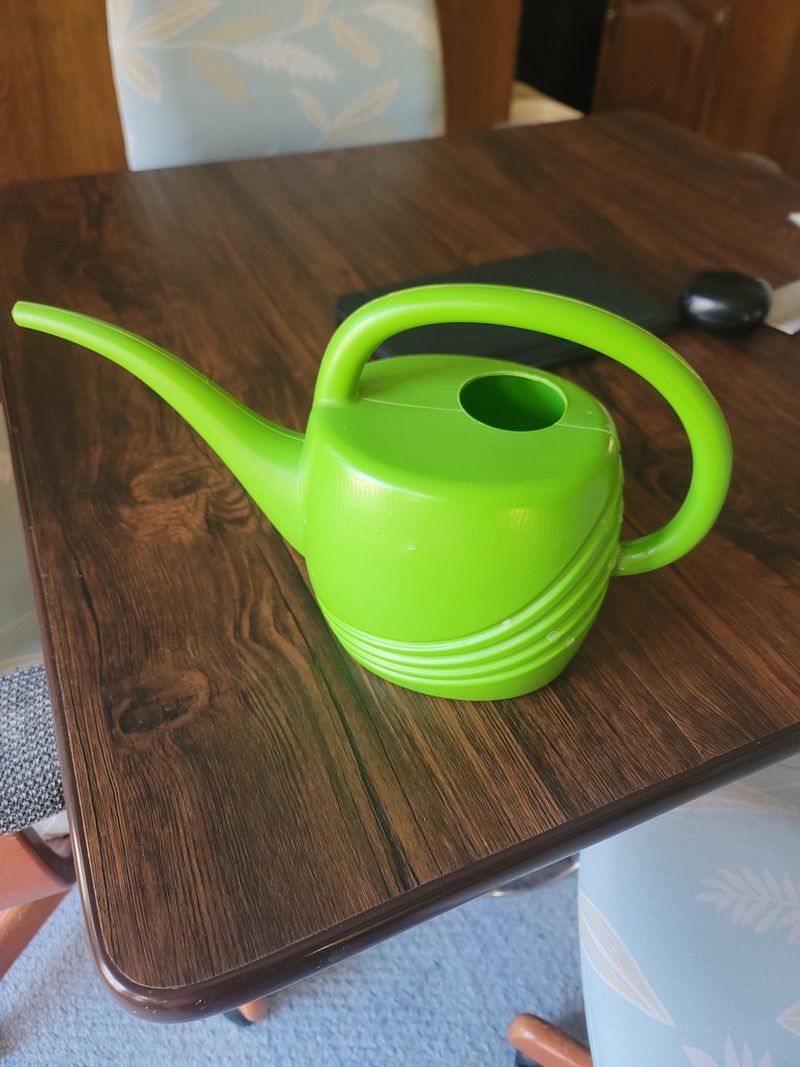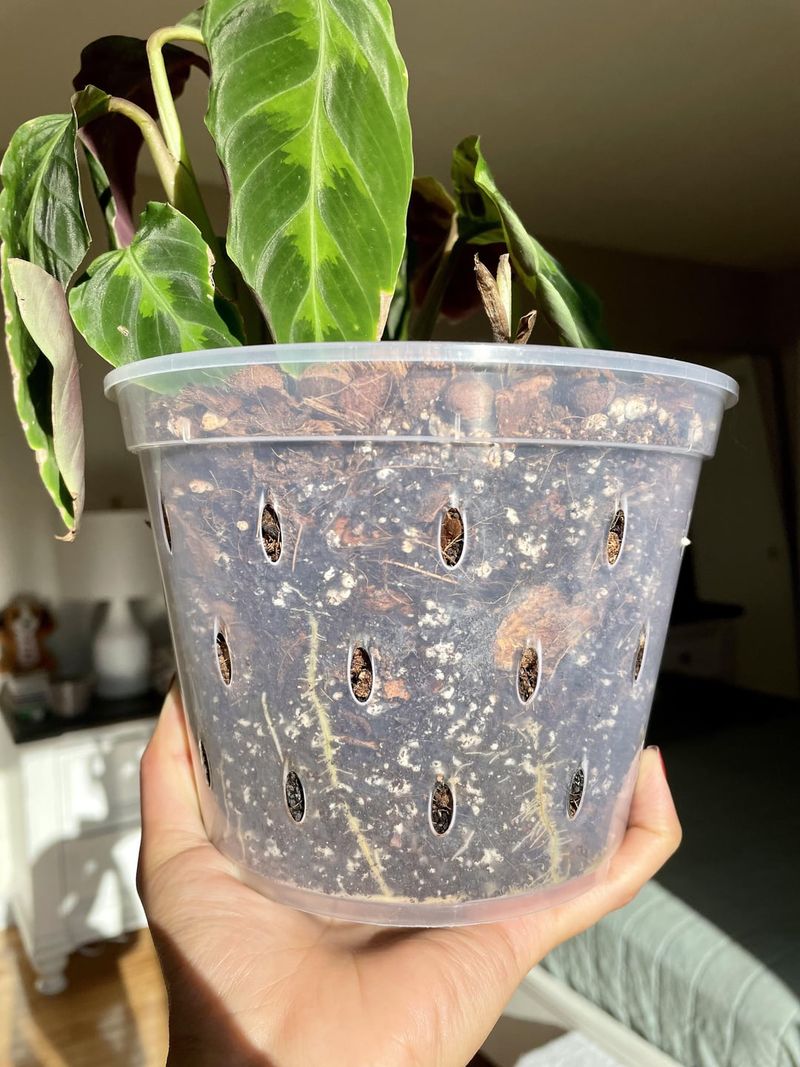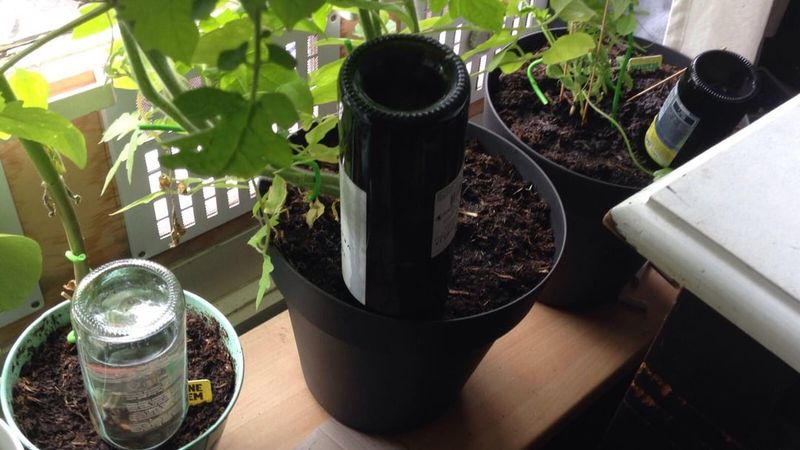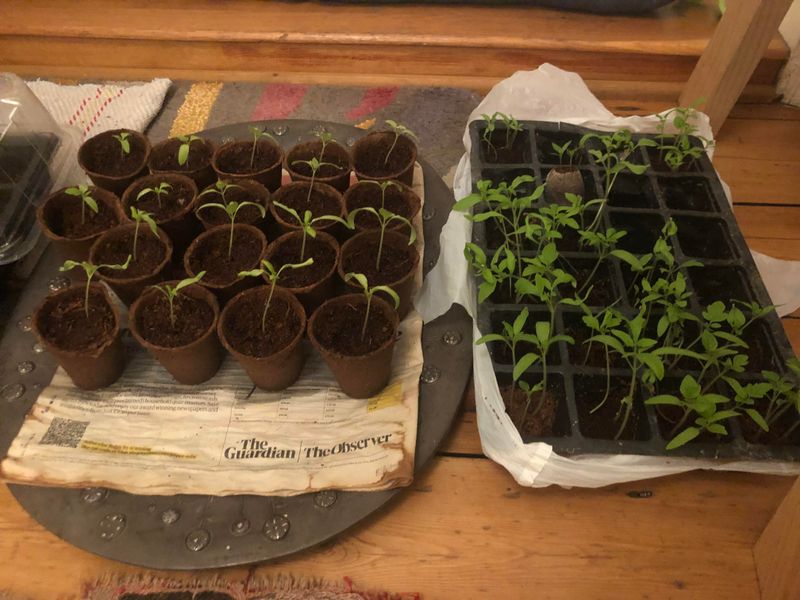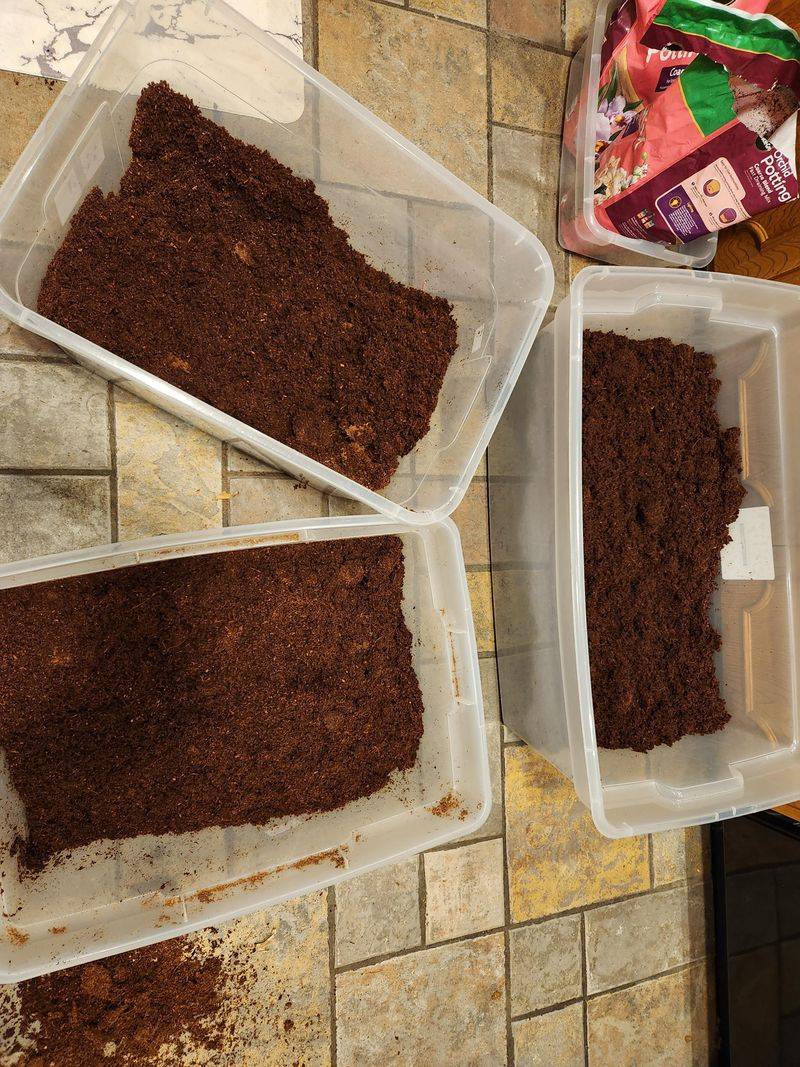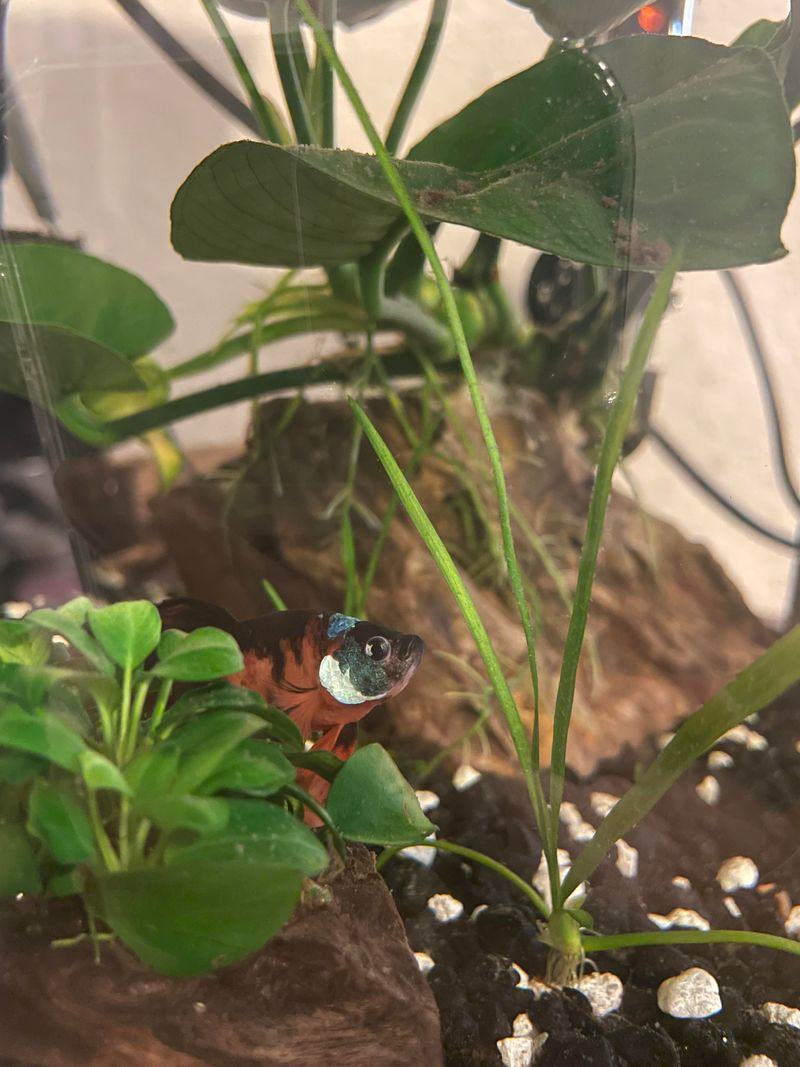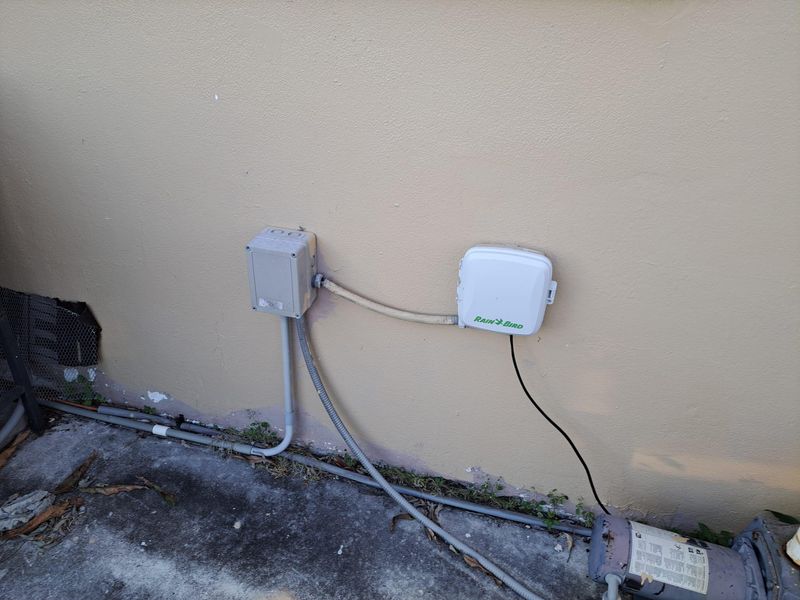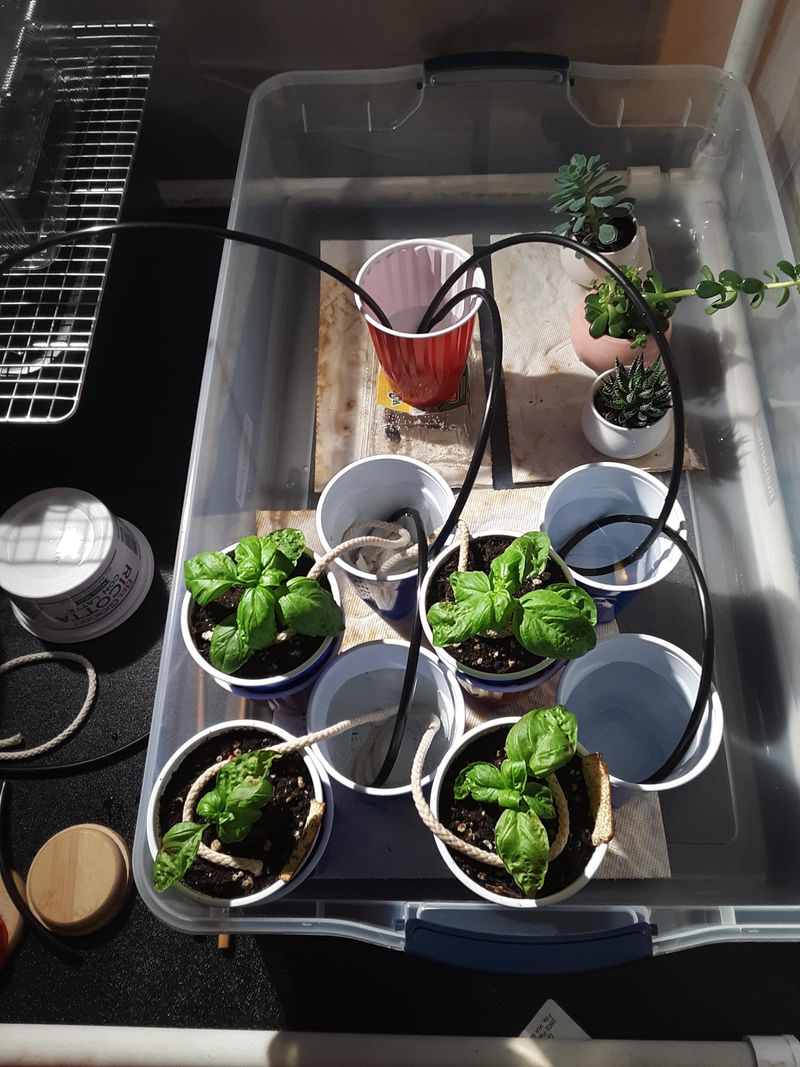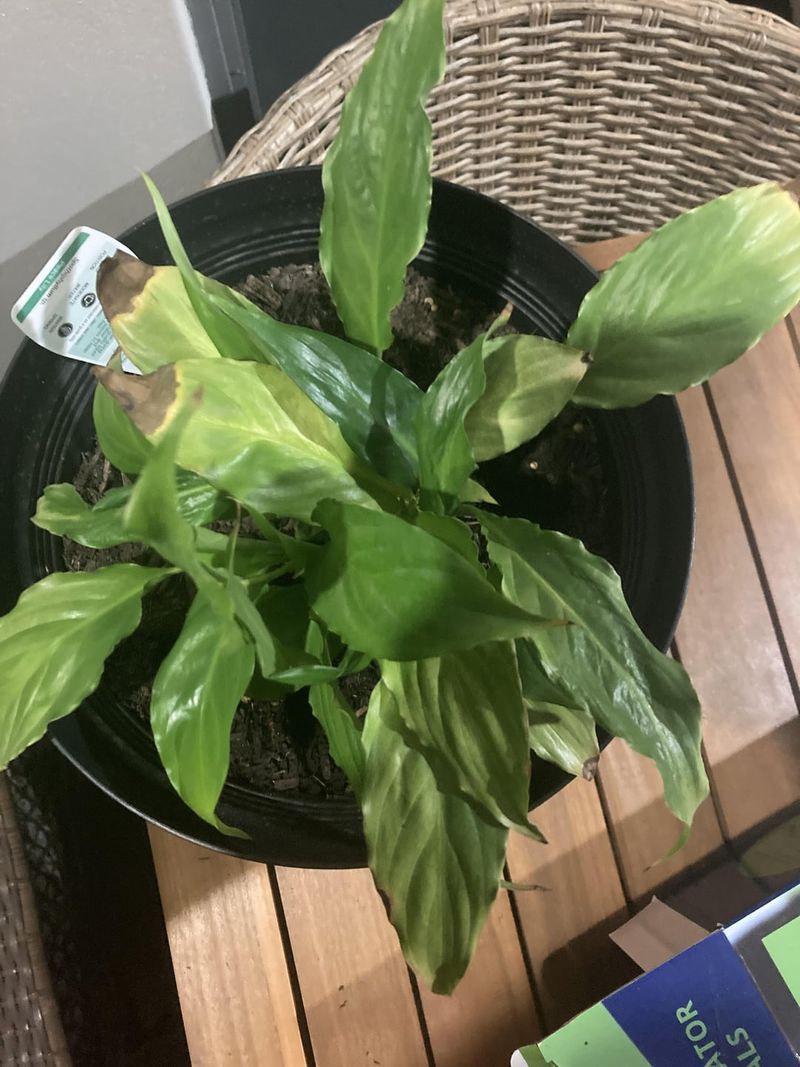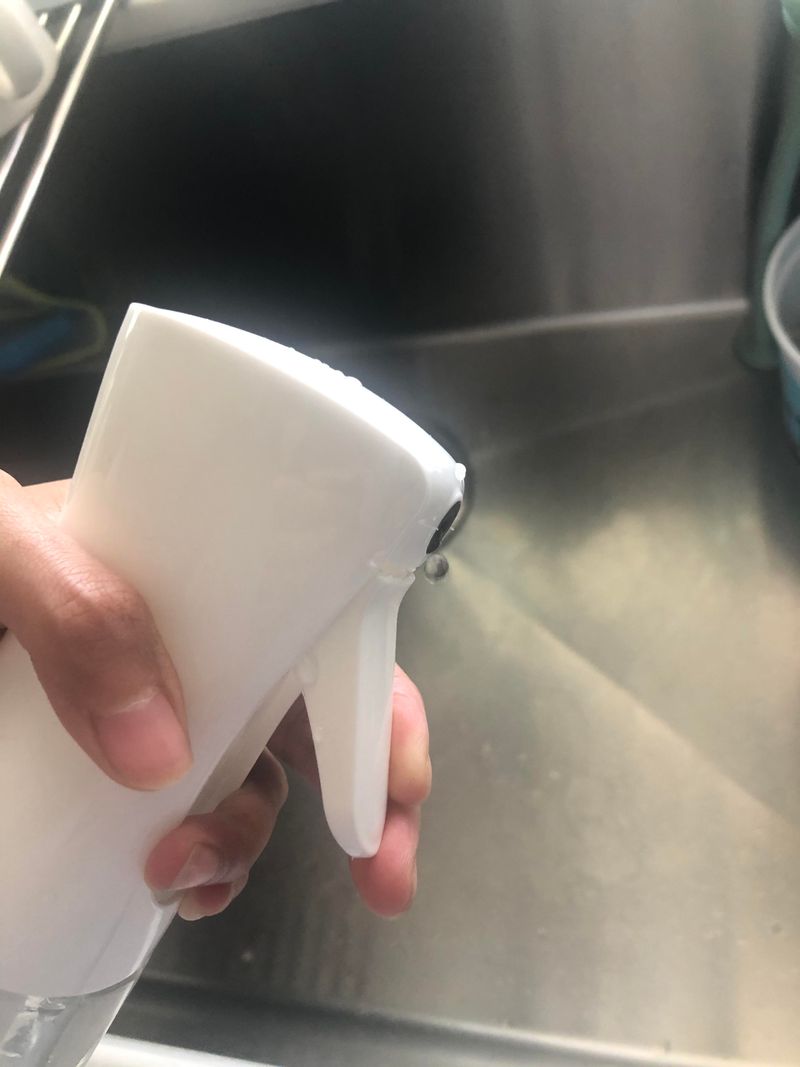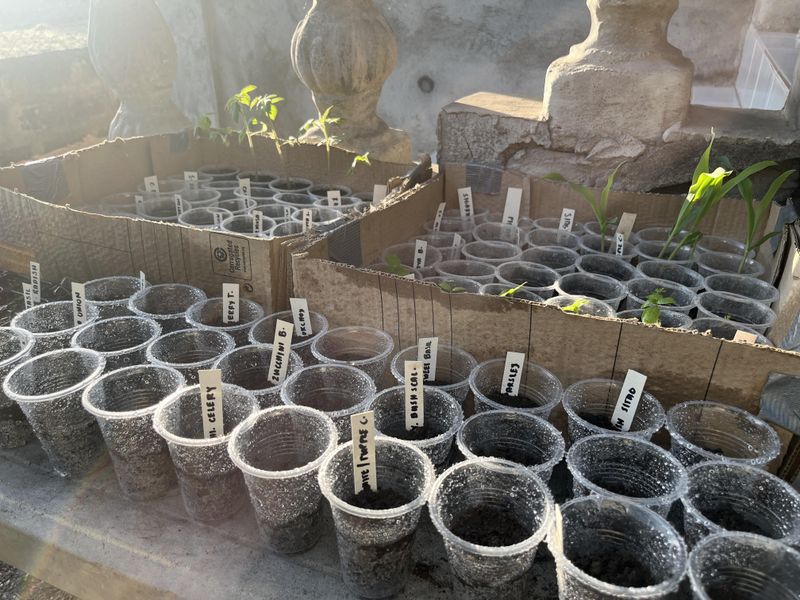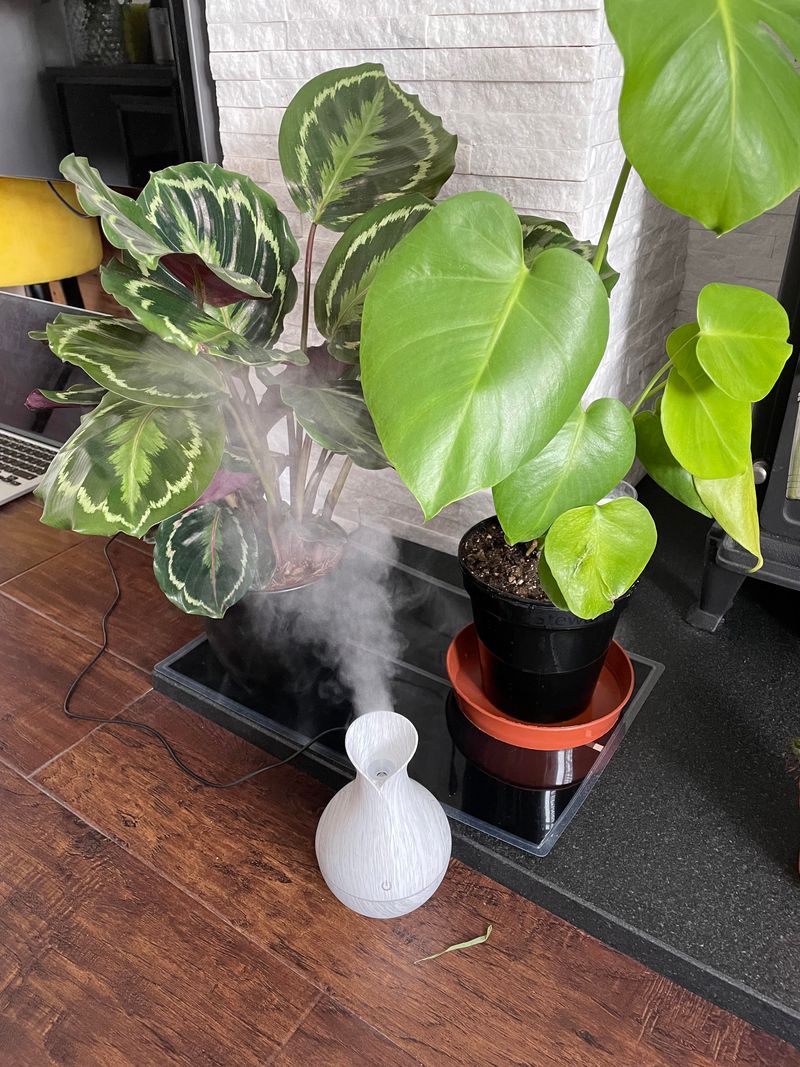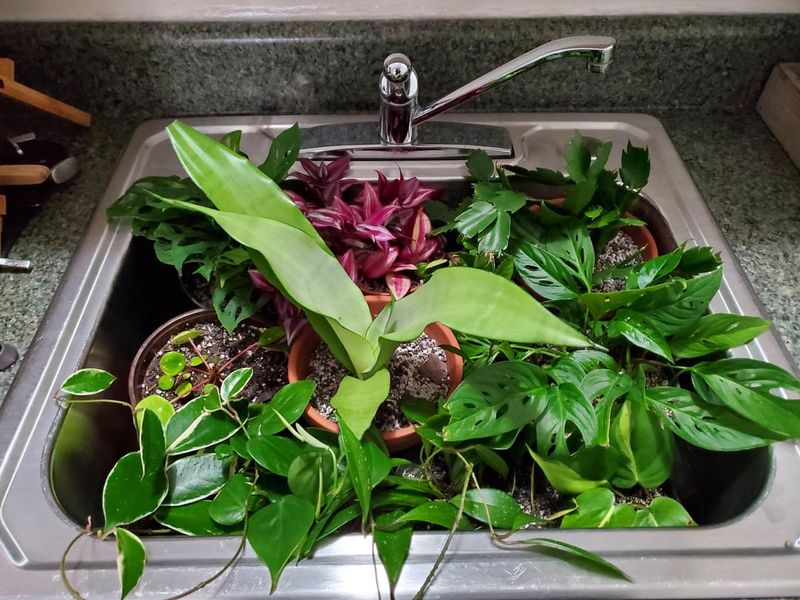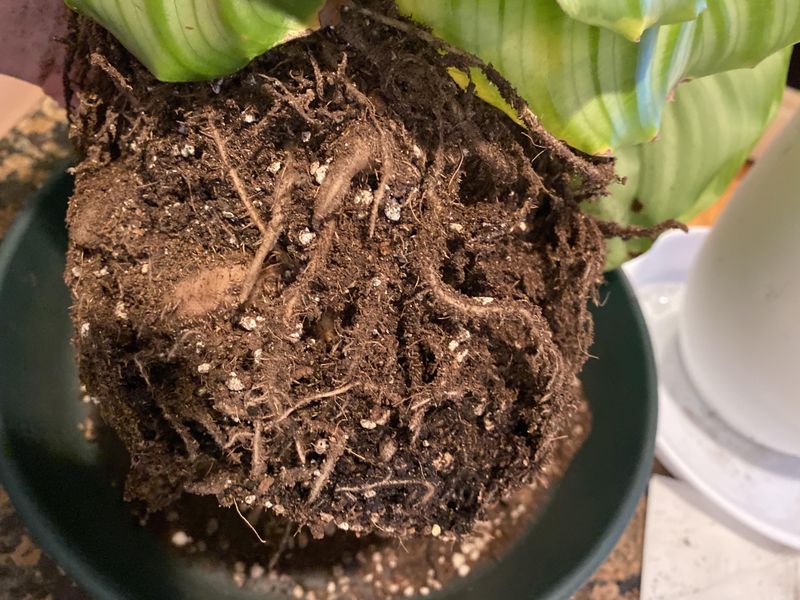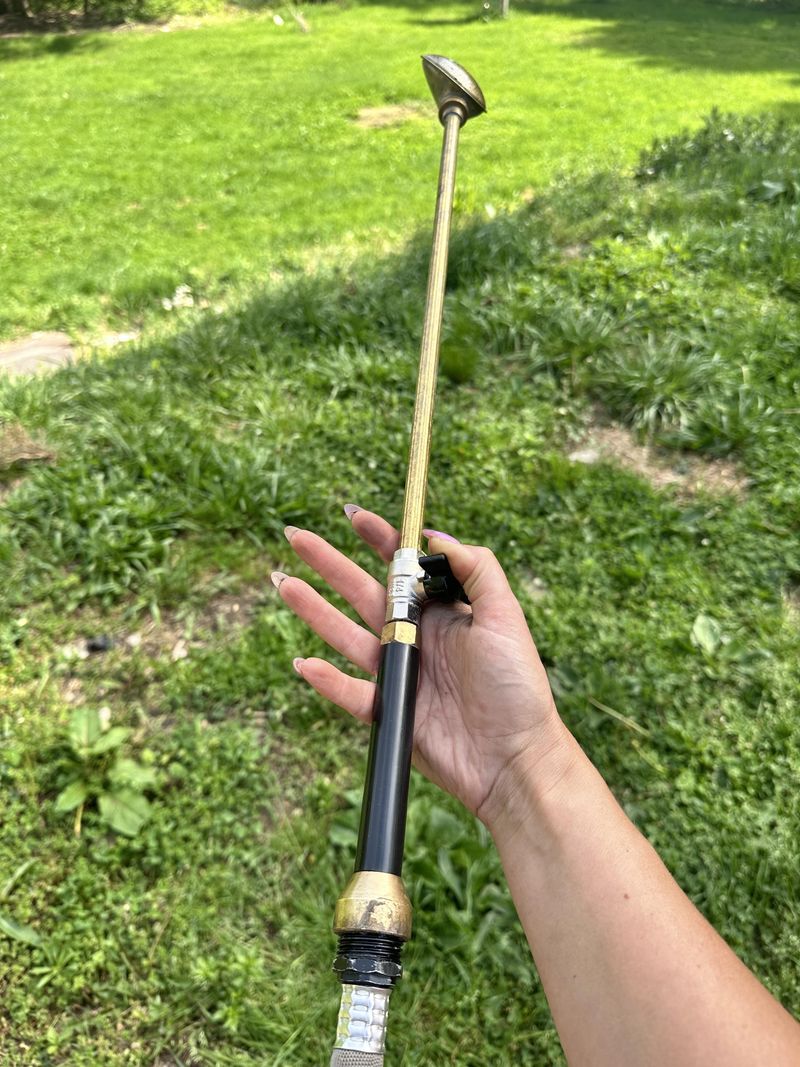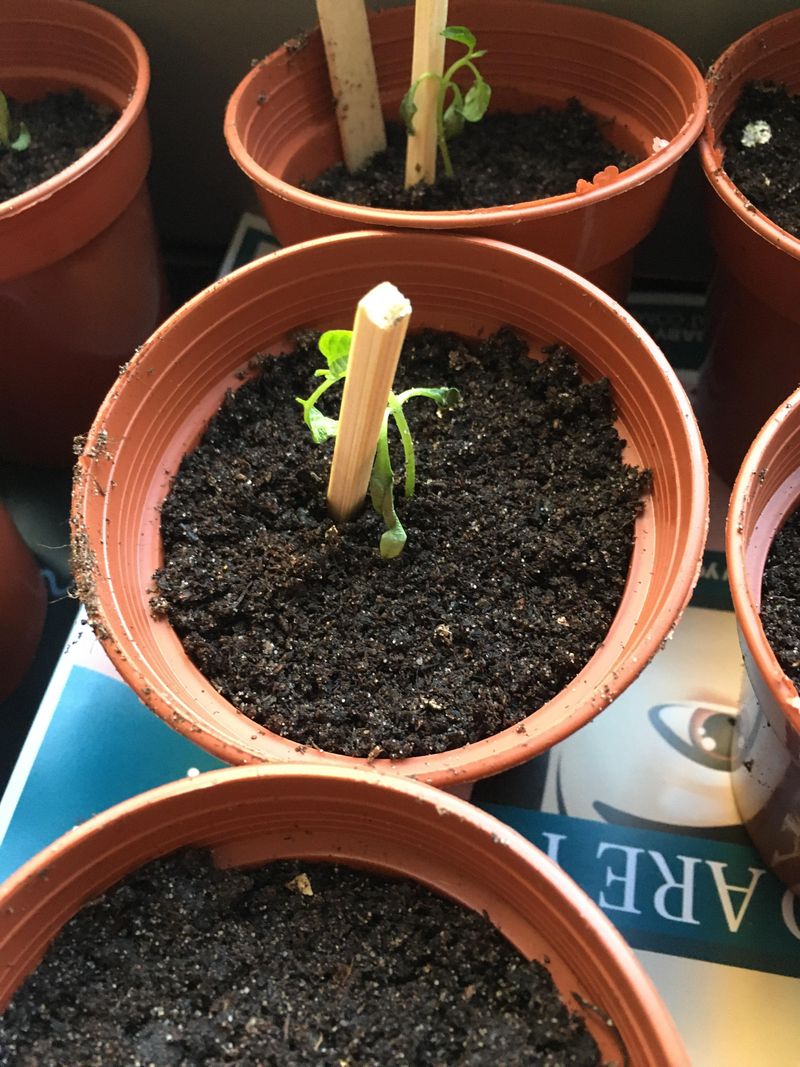Coconut coir is a game changer when it comes to keeping your seedlings happy and healthy! If you’re tired of struggling with overwatering, these genius hacks will make sure your plants get the right amount of hydration without drowning.
I’ve tested a few of these tricks myself, and trust me, they’re a total lifesaver for any gardener. With coconut coir, you can easily regulate moisture and give your seedlings the best start possible.
Ready to say goodbye to soggy soil and hello to thriving plants? Let’s jump in!
1. Use a Bottom Watering Tray for Coconut Coir Seedlings
If you’re tired of overwatering your seedlings, a bottom watering tray is your new best friend! Just fill the tray with a bit of water, then place your coconut coir container in it.
The coir will absorb the water from the bottom up, giving your seedlings just the right amount of moisture without drowning them.
It’s an easy, mess-free way to ensure that the soil is perfectly moist and not soggy. Bonus? It prevents the top layers from getting too wet and encourages healthy root growth!
2. Monitor Moisture with a Simple Finger Test
Don’t you wish there was a quick way to check your plant’s thirst without having to guess? The finger test is an old-school hack that works wonders with coconut coir!
Stick your finger about an inch into the coir to check for moisture. If it feels dry, it’s time for a drink; if it’s still damp, leave it alone for a little longer. This simple trick ensures you’re only watering when necessary, preventing that dreaded overwatering.
3. Create a DIY Watering Gauge
Feeling a little extra crafty today? Make a DIY watering gauge to track how much moisture is in your coconut coir. Take a wooden stick or chopstick and stick it into the coir – when it’s wet, it’ll be darker and a bit heavier.
Check it every day to get an idea of how your coir is retaining water. This way, you’ll never have to guess whether it’s too wet or too dry again!
4. Add Perlite to Improve Drainage
If you’re dealing with soggy coconut coir, perlite might just be the answer to your problems! Mixing perlite into the coir helps improve drainage, preventing water from sitting at the bottom of the container.
This simple addition lets your seedlings thrive by ensuring they don’t get waterlogged. Plus, it keeps the coir light and airy, which is perfect for strong, healthy roots.
5. Use a Moisture Meter for Precision
For the over-thinkers out there, a moisture meter is like a peace of mind in a tiny tool! Stick it into the coir, and it’ll give you an exact reading on how much moisture is in the soil.
It’s perfect for those who want to avoid the guessing game and keep their seedlings happy. With one of these meters, you’ll know precisely when it’s time to water without the worry of overdoing it.
6. Water Less Often, But More Deeply
Sometimes less is more, especially when it comes to watering! Instead of frequent light waterings, try watering deeply but less often. This encourages your seedlings’ roots to grow deeper in search of moisture, creating a stronger root system.
Coconut coir loves this method, as it helps avoid excess water on the surface while giving roots the hydration they need.
7. Choose the Right Sized Container for Your Seedlings
Choosing the right container size can make or break your coconut coir watering routine! If your container is too large, your seedlings may get overwhelmed with too much moisture.
But if it’s too small, they won’t have enough space for the roots to grow properly. By picking a container that’s just the right size, you’re giving your seedlings a fighting chance to thrive without the risk of overwatering.
8. Use a Drip Irrigation System for Consistent Moisture
Want to keep things consistent with minimal effort? A drip irrigation system can be a game-changer for watering your coconut coir seedlings.
It delivers water directly to the base of your plants, providing just the right amount every time. You’ll avoid flooding your plants, and they’ll get the hydration they need at the perfect pace. Plus, it’s super easy to set up!
9. Try a Self-Watering Planter for Low-Maintenance Care
If you’re constantly on the go, self-watering planters are a fantastic solution! These planters have built-in reservoirs that release water slowly, keeping your coconut coir at the perfect moisture level.
It takes the guesswork out of watering and saves you from overwatering accidents. Just fill the reservoir and let the plants do their thing—simple, effective, and low-maintenance!
10. Avoid Watering in Direct Sunlight
Watering your coconut coir seedlings in direct sunlight can lead to evaporation and uneven moisture distribution. Instead, try watering early in the morning or late in the evening when the sun is lower.
This ensures the water is absorbed properly, and your seedlings get the hydration they need without losing it to the heat. It’s all about timing when it comes to perfect watering.
11. Add a Layer of Mulch to Retain Moisture
Mulch isn’t just for flower beds—it can be a lifesaver for coconut coir too! Adding a layer of mulch on top of your coir can help retain moisture and reduce evaporation.
This way, your seedlings won’t dry out too quickly, and you won’t have to water as often. Plus, it keeps the surface cool and prevents waterlogging by allowing the coir to breathe.
12. Water in Small Amounts Over Time
Instead of dumping a whole lot of water at once, try watering your coconut coir in smaller amounts throughout the day. This gives the coir a chance to absorb the moisture slowly, preventing it from becoming too saturated.
It’s like slow and steady wins the race, but for plants! Your seedlings will thank you for it, as they’ll have access to constant moisture without the risk of overwatering.
13. Invest in a Good Quality Coconut Coir Mix
Not all coconut coir mixes are created equal! Invest in a high-quality mix with the right balance of water retention and drainage.
Look for one with added perlite or vermiculite for better aeration and moisture control. A good mix helps you avoid overwatering problems in the first place, making your seedlings happy and healthy.
14. Try a Watering Can with a Fine Spout
The watering can you use can make a huge difference when it comes to coconut coir. A watering can with a fine spout gives you more control over the flow of water, preventing you from flooding your seedlings.
This allows you to water evenly without disturbing the surface. It’s the small tools that make a big impact!
15. Use a Clear Container to Monitor Moisture Levels
A clear container can be your secret weapon for managing moisture in coconut coir. With a transparent pot or tray, you can easily check the moisture levels by looking at the sides of the container.
You’ll know exactly when it’s time to water without even having to stick your finger in the soil. It’s a visual hack that saves time and keeps things simple.
16. Water During the Coolest Part of the Day
Watering during the heat of the day can lead to evaporation, leaving your seedlings thirsty and dry. Try watering during the coolest part of the day, early in the morning or after the sun sets.
This ensures the water stays in the coir longer, giving your seedlings the moisture they need. A little timing goes a long way in making sure you’re not overwatering!
17. Avoid Overcrowding Seedlings in the Coir
Overcrowding your seedlings in coconut coir can lead to root competition and uneven moisture distribution. Make sure there’s enough space between each seedling to allow the roots to spread out and the water to reach them evenly.
A little breathing room goes a long way in promoting healthy growth and preventing waterlogged plants.
18. Invest in a Water Reservoir Tray
A water reservoir tray is a smart hack for maintaining the right moisture levels without the hassle. These trays have a built-in section that stores excess water, which is then absorbed back into the coir as needed.
This keeps your seedlings hydrated at a consistent level and eliminates the risk of overwatering. It’s perfect for busy gardeners or anyone looking for a more hands-off watering method.
19. Use Natural Water Retainers Like Sand or Gravel
If you’re looking for a more eco-friendly solution, try adding a layer of sand or gravel to the bottom of your coconut coir container. This layer helps retain moisture and keeps the water from pooling at the base.
Plus, it improves drainage, ensuring that your seedlings don’t drown in soggy coir. Nature’s water retainers are always a win!
20. Install a Timer for Automated Watering
If you want to automate your watering system, an inexpensive timer is a must! Set it up to water your coconut coir seedlings at specific intervals, ensuring they get the right amount of water without you having to keep track.
It’s like giving your plants their own personal butler. With a timer, you’ll avoid under- or over-watering and save yourself some precious time.
21. Use a Siphon to Control Water Flow
If you’re really looking to take control of your coconut coir watering game, a siphon system can be a game-changer! This method uses gravity to slowly release water into the coir, giving it a steady and controlled flow. It’s super efficient, and you don’t have to worry about overwatering, as the siphon ensures the water doesn’t overflow. It’s like being your own irrigation expert!
22. Skip the Standard Watering Schedule
Instead of sticking to a rigid watering schedule, learn to read your coconut coir to determine when it’s thirsty. You’ll quickly pick up on signs like surface dryness or wilting leaves that signal it’s time for a drink.
The beauty of this hack is that it’s intuitive and can be adapted to each seedling’s needs. This way, you’re not over-watering, and you’re getting it just right for each plant.
23. Use a Fine Mist Spray Bottle for Light Watering
For coconut coir seedlings that prefer a lighter touch, try using a fine mist spray bottle instead of a heavy watering can. This gives you more control and allows you to mist the surface without soaking it.
It’s perfect for seedlings that don’t need a big splash of water, but just a little refresh to keep them going.
24. Plant in Coconut Coir with Built-In Water Retention Features
Some coconut coir mixes come with added water retention features, like moisture-locking agents. These blends are great for ensuring your seedlings don’t get dried out too quickly, as they retain moisture for longer periods.
With these mixes, you don’t have to worry as much about overwatering or the coir drying out. Plus, it reduces the amount of water you need to use overall.
25. Keep Seedlings in Shaded Areas to Reduce Water Loss
Too much sun can cause your coconut coir to dry out fast, so give your seedlings a break by keeping them in a shaded area.
This will help maintain the right moisture levels and prevent evaporation. Your seedlings will appreciate the cool, steady environment, and you’ll avoid the temptation to overwater when they seem thirsty!
26. Use a Watering Mat for Controlled Hydration
Watering mats are a neat hack for keeping your coconut coir consistently moist without overwatering.
These mats slowly release water to the bottom of your container, keeping the soil at a steady moisture level. It’s an easy, no-fuss way to make sure your seedlings are hydrated just right!
27. Water Slowly and Gently
Watering your seedlings too quickly can lead to runoff, and you’ll lose more water than you need. Instead, water slowly and gently, letting the moisture sink in gradually.
This ensures the coir absorbs the water evenly, preventing water from pooling and your seedlings from becoming waterlogged. Slow and steady definitely wins the watering race!
28. Skip the Frequent Waterings and Let the Coir Dry Out
Overwatering is a common problem with coconut coir, so one hack is to let the coir dry out completely between waterings.
It might seem counterintuitive, but drying out helps prevent root rot and encourages your seedlings to develop strong, deep roots. It’s all about finding that balance between dry and damp to give your plants the best environment.
29. Use a Watering Wand for Gentle Hydration
A watering wand allows for an even, gentle pour over your seedlings, ensuring the water soaks into the coir evenly.
This technique reduces the chances of overwatering and lets you direct water exactly where it’s needed. It’s like having a personalized rainstorm for your plants!
30. Avoid Overwatering After Transplanting Seedlings
After transplanting seedlings into coconut coir, resist the urge to overwater them. The roots are still adjusting, and they don’t need as much water right away.
Give them time to settle in and adjust to their new home. This will prevent them from becoming waterlogged and help them thrive in their new environment!

